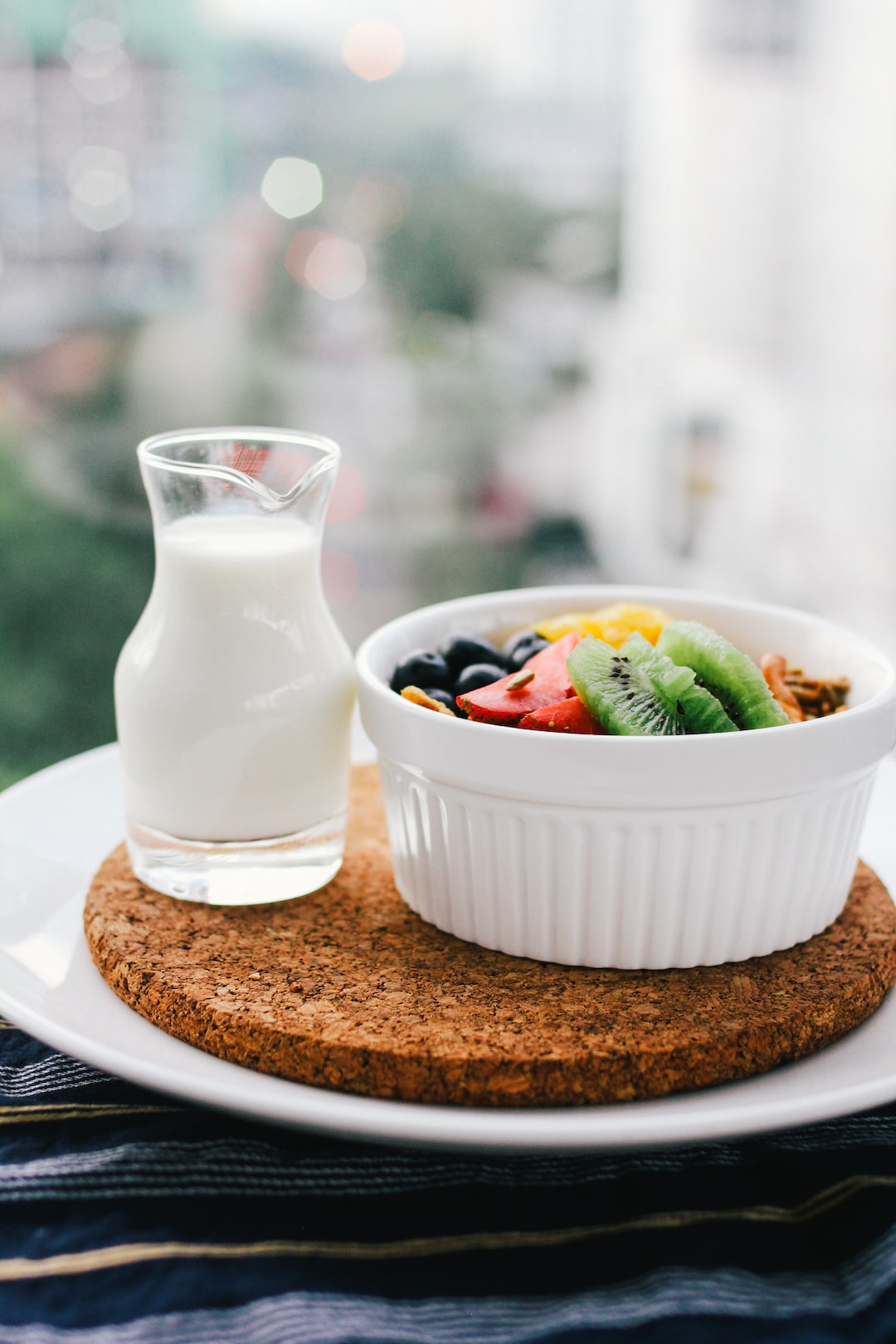The Ultimate Guide to Making the Perfect Pancakes
Pancakes are everyone’s go-to breakfast treat. Whether you enjoy them on lazy weekends or as a quick weekday breakfast, they are sure to bring a smile to your face. However, making pancakes that are fluffy, golden-brown, and absolutely delicious can be a challenge. Fear not! With this ultimate guide, you will become a pancake-making expert in no time.
1. Ingredients – The foundation of any successful pancake is the choice of ingredients. You will need two cups of all-purpose flour, two tablespoons of sugar, two and a half teaspoons of baking powder, half a teaspoon of salt, one and three-fourth cups of milk, two eggs, and a stick of melted butter. Don’t forget to gather your favorite toppings such as fruits, chocolate chips, or maple syrup.
2. Mixing the Batter – The key to making light and fluffy pancakes is to avoid overmixing the batter. In a large bowl, whisk together the flour, sugar, baking powder, and salt until they are evenly combined. In a separate bowl, whisk together the milk, melted butter, and eggs. Then, pour the liquid mixture into the dry mixture bowl. Stir gently until everything is just combined. There may be some lumps, but that’s okay. Overmixing will result in dense and tough pancakes.
3. Resting Time – Allow the pancake batter to rest for about 5-10 minutes. This step allows the gluten in the flour to relax and helps in achieving a lighter texture.
4. Heat Management – Achieving the perfect temperature on the stovetop is crucial. Preheat your pan or griddle over medium heat, and check if it’s ready by adding a few drops of water. If it sizzles and evaporates immediately, you are good to go. If it sits and slowly evaporates, the pan is not hot enough. Adjust the heat accordingly.
5. Greasing the Pan – To prevent the pancakes from sticking, lightly grease the pan with a small amount of vegetable oil, butter, or cooking spray. Use a paper towel to spread the oil evenly.
6. Pouring the Batter – Use a quarter-cup measuring cup or ladle to pour the batter onto the pan. Don’t overcrowd the pan; leave enough space between each pancake for easy flipping.
7. Bubbles and Flipping – Watch for small bubbles forming on the surface of the pancake. Once the bubbles start to break, gently lift the pancake with a spatula and flip it. Make sure to flip only once, as multiple flips can result in denser pancakes.
8. Cooking Time – On average, pancakes take about 2-3 minutes per side to cook. Keep an eye on the heat; if the pancakes are browning too quickly, lower the temperature slightly. To keep the cooked pancakes warm, place them on a baking sheet in a preheated oven at 200°F.
9. Toppings Galore – Once your stack of pancakes is ready, the fun part begins – adding your favorite toppings! Fresh fruits, whipped cream, chocolate chips, nuts, or a drizzle of maple syrup – let your imagination run wild!
10. Experiment and Enjoy – The final step is all about personalization. Feel free to experiment with different flavors such as cinnamon, vanilla extract, or lemon zest to enhance your pancake batter. Try adding various mix-ins like blueberries, bananas, or even bacon for a unique twist.
Remember, practice makes perfect. Don’t be discouraged if your first batch of pancakes doesn’t turn out as expected. With a little bit of patience and a few rounds of practice, you’ll soon be whipping up the most delicious, fluffy pancakes that will become a family favorite. Happy pancake making!

